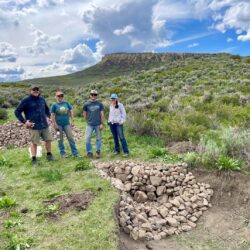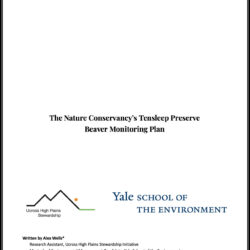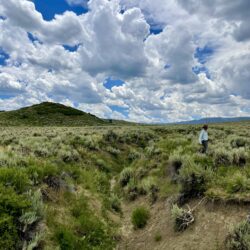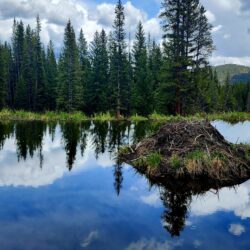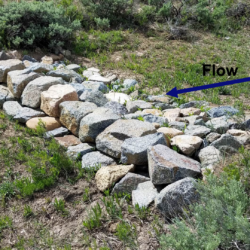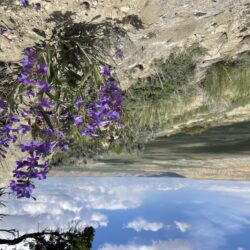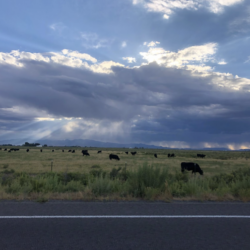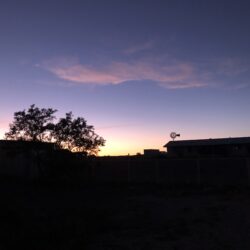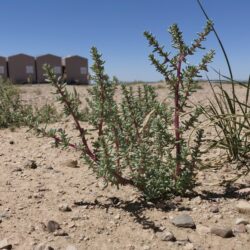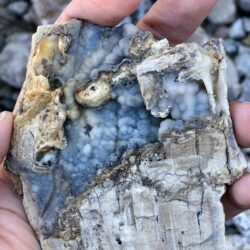A Call to Action – Private Finance to Nature through Ecosystem Restoration—Dimitria Spathakis
The United Nations Environment Programme (UNEP) defines nature-based solutions (NbS) as actions to protect, sustainably manage, and restore natural and modified ecosystems that address societal challenges effectively and adaptively, simultaneously benefiting people and nature. UNEP publishes “The State of Finance for Nature”, an annual report tracking global finance flows to NbS and compares them to Read more about A Call to Action – Private Finance to Nature through Ecosystem Restoration—Dimitria Spathakis[…]

